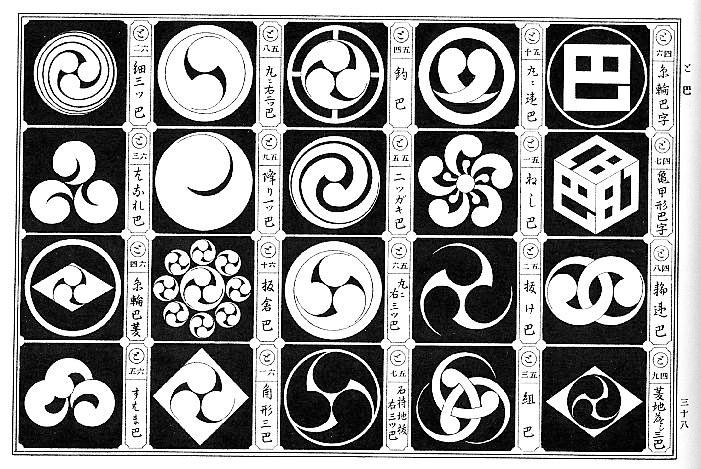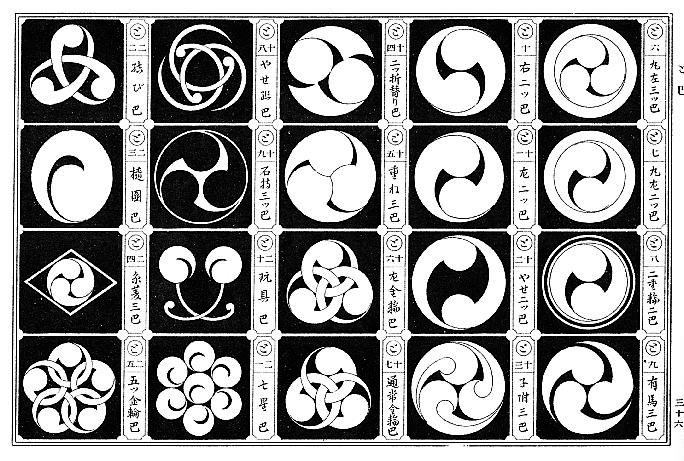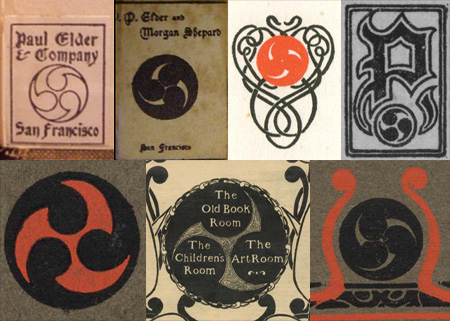Paul Elder & Co is now on Facebook and Twitter!
- Facebook: search for “Paul Elder & Company” (a unique URL will be available a little later)
- Twitter: @paulelderbooks
San Francisco bookseller & publisher, 1898-1968
Paul Elder & Co is now on Facebook and Twitter!
Bernard Maybeck designed wooden furniture and medieval-style chandeliers for the 1906 store on Van Ness. These were moved to 239 Grant in 1909, and later to 239 Post in 1921. Maybeck also designed Gothic-inspired window screens for 239 Grant (you can see some of them at the top of the stairwell); those pieces were moved to 239 Post in 1921. Only one or two pieces were then moved to the modern Sutter & Stockton store in 1948.
The question is whether any of the furniture, chandeliers, or window screens have survived. Personally, I doubt it. I have not heard of anyone who claims to own them. Arts & Crafts was out of fashion in 1948, so it’s likely all those pieces were discarded. Of course, it’s possible some have survived but their owners no longer know their provenance.
Today I am launching the newly-redesigned paulelder.org. I have added several new features, including a blog, biographies of notable people and frequently asked questions. Please let me know what you think!
No. However, four buildings that once housed Elder’s stores still exist. Here are the details:
The Japanese word tomoe (巴) refers to a comma-shaped symbol. There are hundreds of traditional Japanese tomoe designs. The most common variant is the three-tomoe design called mitsudomoe (三つ巴), which, according to Japanese tradition, creates the harmony of a perfect circle. Here are some examples of tomoe, taken from the book Japanese Design Motifs, by Fumie Adachi, Dover, 1972.


The tomoe has been a favorite symbol in Japanese heraldry for centuries. Today, the mitsudomoe has become popular with corporations and taiko drum troupes.
Elder first used the mitsudomoe design in 1900, which he anglicized as the word “tomoyé” (sometimes with the acute accent, sometimes without), and it became a logo of sorts for him. He used it in many books and magazines over the next two decades. When he hired John Henry Nash to run the new in-house printing shop in 1903, it was christened “The Tomoyé Press”.
Although it is unknown why Elder chose the tomoyé, he likely wanted to emphasize the connection between the Orient and his own book arts. Below are just a few of the many tomoyé marks Paul Elder used over his career.
